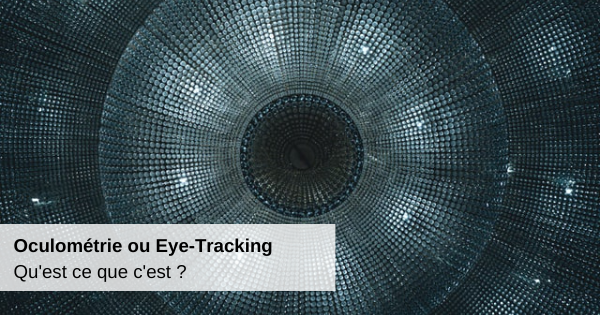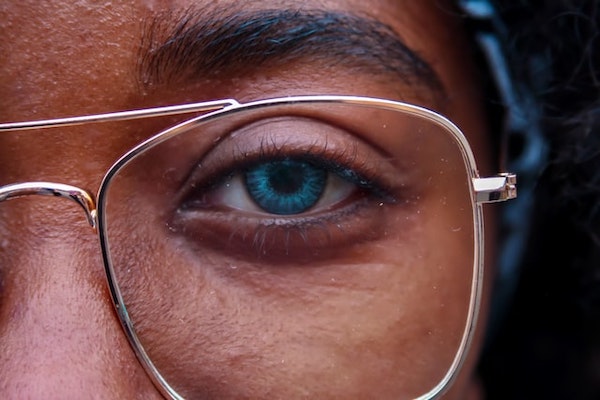What is eye tracking or Eye-Tracking?

Oculometry, the French name for Eye-Tracking, is defined as a set of techniques that record eye movements. These techniques make it possible to calculate the eye course of an individual. But where do they come from, and especially what are they used for? We take stock.
Eye tracking: the study of eye movements
It was at the very beginning of the 19th century that a French ophthalmologist named Louis Émile Javal observed rapid, jerky and imprecise eye movements in his patients. Based on these observations, he will study the phenomenon. Work that will be taken up by Edmund Burke Huey, who will develop a device intended to follow the movements of the eyes.
This American psychologist thinks that the study of eye movements (Eye- Tracking in English) could reveal certain behavioral disorders, such as autism, obsessive-compulsive disorder (OCD) or even Alzheimer's or Parkinson's disease.
Today , eye tracking is used in many sectors of activity. such as cognitive research, laser surgery, but also, more surprisingly, communication, web and computer browsing, sport, virtual reality…
Eye tracking: does it really work?
With technological advances, the study of eye movements has become widely democratized. Thanks to eye tracking cameras, we can record all the movements of the gaze (speed, duration of fixation, jerks, dilation of the pupils, etc.) We therefore obtain a multitude of data, the analyzes of which can really bring concrete advances. Sport in particular is a sector where concentration is essential. As part of a training project (at the highest level of course), the analysis of eye movements offers indications on the level of concentration of an athlete.

Concerning other fields, such as communication or the web, the study of the gaze has been studied for a very long time, whether in graphic design or in system improvement. computer visuals.
Concerning the medical part, there are pros and cons. Again, it's about data retrieval and analysis. Eye tracking can therefore prove to be an important indicator, which however will prove useless for some professionals.
The problem of personal data
Apart from the observation that this study is subject to interpretation, ethical questions remain. Widely used in marketing, eye tracking can be considered intrusive since it " observes within the brain the consumer's reactions to decision-making in potential purchase situations ." The characteristics of the eyes being specific to each individual, they can therefore, like fingerprints , be misused.

Faced with the emergence of smartphones capable of recognizing the iris of the eye, such a development will raise the question of respect for personal data. The Eye-Tracking phenomenon is therefore likely to raise questions for many years to come.
Sources: futura-sciences , Inserm , lunettepourtous.com


